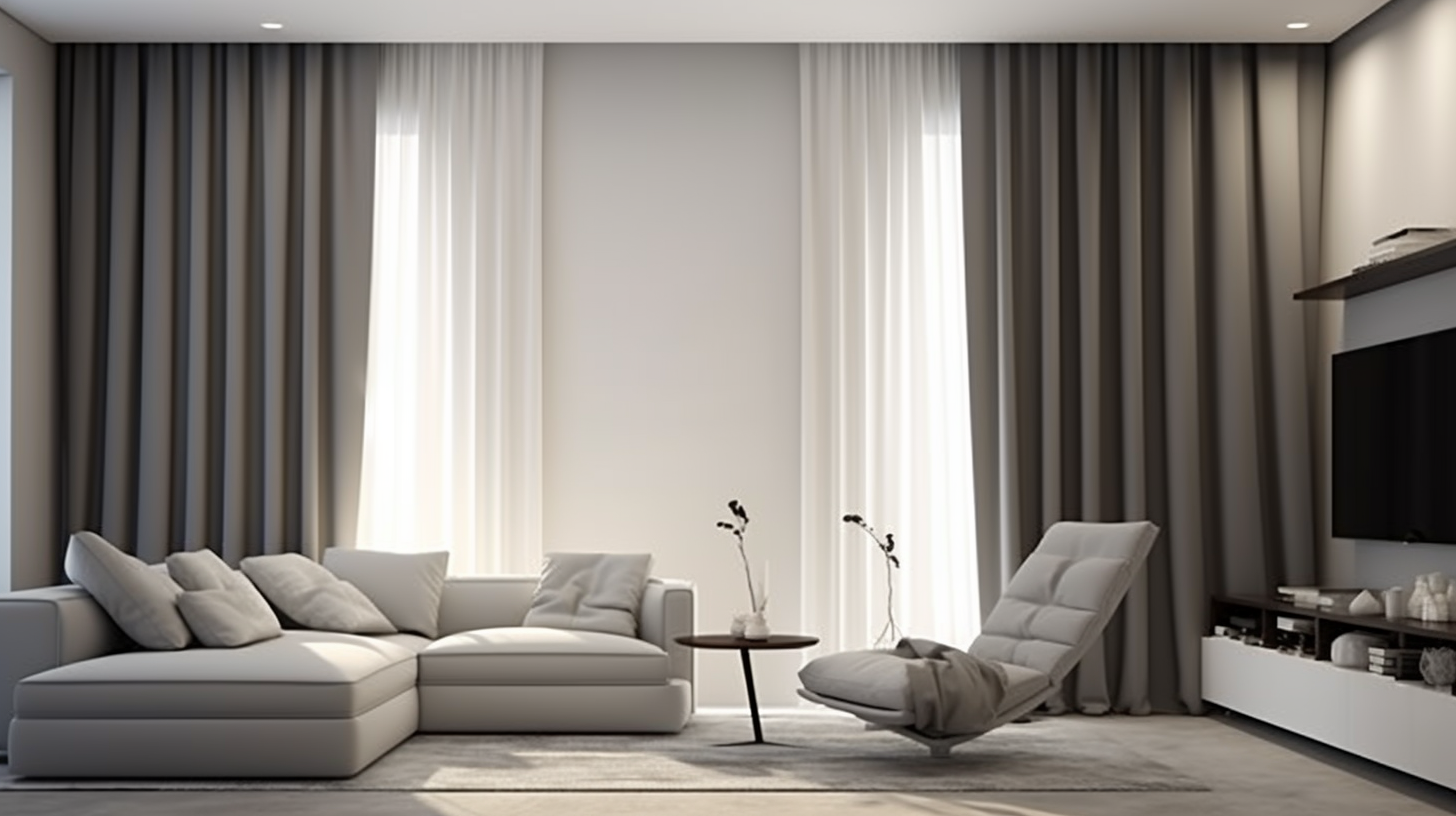To soundproof a ceiling, use acoustic panels or tiles to reduce noise transfer between floors. Consider adding mass-loaded vinyl or insulation for extra soundproofing.
A noisy ceiling can disrupt your peace and quiet at home or work, leading to a lack of concentration and overall discomfort. Whether it’s footsteps from above or loud conversations filtering through, soundproofing your ceiling can significantly improve your acoustic environment.
By implementing effective soundproofing techniques, you can create a tranquil space free from unwanted noise disturbances. In this guide, we will explore various methods and materials to help you soundproof your ceiling effectively and enjoy a more peaceful and serene atmosphere.

Identifying Potential Weak Points
Making sure that your ceiling is properly soundproofed is crucial for creating a peaceful and quiet environment. To achieve this, it is essential to identify the potential weak points in your ceiling. By addressing these weak points, you can significantly reduce noise transmission from the floor above. Below, we will discuss two common weak points that you should pay attention to: cracks and gaps, and ceiling fixtures.
Cracks And Gaps
One of the main culprits for sound leakage in a ceiling is cracks and gaps. These small openings allow sound waves to travel freely and can diminish the effectiveness of your soundproofing efforts. To identify cracks and gaps in your ceiling, carefully inspect the area and pay close attention to any visible signs of damage or openings. Common problem areas include joints where the ceiling meets the wall, around electrical outlets, and near any light fixtures.
To fix these cracks and gaps, start by filling them in with an acoustic sealant. This specialized sealant is designed to minimize sound transmission and prevent air leaks. Apply the sealant generously into the cracks and gaps using a caulk gun, ensuring that you cover all the openings completely. Once the sealant has dried, you can sand it down to create a smooth finish that seamlessly blends with the ceiling. This simple yet effective solution will go a long way in reducing noise leakage and enhancing the soundproofing of your ceiling.
Ceiling Fixtures
Another weak point in your ceiling that can compromise its soundproofing capabilities is the presence of ceiling fixtures. Light fixtures, electrical outlets, and ventilation grills can create gaps and openings, allowing sound to escape or enter the room. It is important to pay close attention to these fixtures when soundproofing your ceiling.
To address this issue, you can install acoustic backer boxes around electrical outlets. These boxes are designed to enclose the outlets and minimize sound leakage. Additionally, consider replacing standard light fixtures with soundproof models specifically designed to reduce noise transmission. These fixtures have built-in insulation and improved seals, ensuring that sound waves are effectively blocked from escaping through the ceiling.
Installation Process
When soundproofing a ceiling, the Installation Process is crucial to effectively reduce noise transmission. Here is a step-by-step guide to soundproofing your ceiling:
Preparing The Ceiling
Remove all fixtures and clean the ceiling surface. Check for any existing damages that may need repair.
Applying Soundproofing Materials
Install soundproofing insulation between joists. Add a resilient channel for further noise reduction.
Sealing The Edges
Apply acoustical caulk around the perimeter to seal any gaps. Ensure a tight seal to prevent sound leaks.
Reinstalling Ceiling Fixtures
Reattach ceiling fixtures securely using resilient clips to minimize direct contact with the ceiling.
Additional Soundproofing Techniques
Additional soundproofing techniques can further enhance the effectiveness of soundproofing a ceiling. These additional methods can be used in conjunction with other soundproofing materials to create a more comprehensive solution for reducing noise transmission. Here are some additional soundproofing techniques to consider:
Using Acoustic Panels
Acoustic panels are an excellent option for reducing noise in a room. These panels are designed to absorb sound waves, thereby reducing the amount of noise that passes through the ceiling. Acoustic panels are available in various sizes, colors, and designs, making them a versatile choice for soundproofing. By strategically placing these panels on the ceiling, you can significantly minimize the impact of airborne noise.
Soundproof Paint Or Wallpaper
Soundproof paint or wallpaper is another effective method for minimizing noise transmission through a ceiling. These specialized products contain sound-absorbing materials that can help to dampen noise and create a quieter environment. Applying soundproof paint or wallpaper can be a simple yet impactful way to enhance the overall soundproofing of the ceiling, especially in areas where traditional materials may not be feasible to install.


Frequently Asked Questions On How To Soundproof A Ceiling
Can You Soundproof An Existing Ceiling?
Yes, an existing ceiling can be soundproofed using techniques like adding acoustic panels or mass-loaded vinyl.
What’s The Cheapest Way To Soundproof A Ceiling?
The cheapest way to soundproof a ceiling is to use acoustic foam panels or soundproofing mats. You can also add extra layers of drywall or install fiberglass insulation. Another budget-friendly option is to use soundproofing paint or hang heavy curtains to absorb sound.
Does Soundproofing Ceiling Really Work?
Yes, soundproofing the ceiling is effective in reducing noise transmission from the floor above. It helps minimize sounds like footsteps, dropping objects, or loud music. By adding sound-absorbing materials or installing a resilient channel system, you can significantly improve sound insulation in your space.
How Do You Reduce Noise In Drywall Ceiling?
To reduce noise in a drywall ceiling, consider using soundproof insulation, acoustic caulk, and resilient channels. You can also add mass by attaching additional layers of drywall or a soundproof barrier. Proper sealing of any gaps and cracks with acoustic sealant will further improve sound reduction.
Conclusion
Incorporating soundproofing materials can effectively minimize noise disturbance in your home. By following the techniques discussed in this post, you can create a peaceful and quiet environment. Remember, soundproofing a ceiling requires attention to detail and the right products for a successful outcome.
Prioritize tranquility in your living space today!

